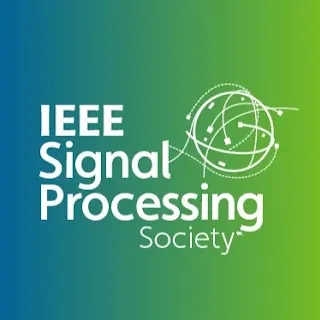Disentangling Prosody Representations With Unsupervised Speech Reconstruction
Human speech can be characterized by different components, including semantic content, speaker identity and prosodic information. Significant progress has been made in disentangling representations for semantic content and speaker identity in speech recognition and speaker verification tasks respectively. However, it is still an open challenging question to extract prosodic information because of the intrinsic association of different attributes, such as timbre and rhythm, and because of the need for supervised training schemes to achieve robust speech recognition.
